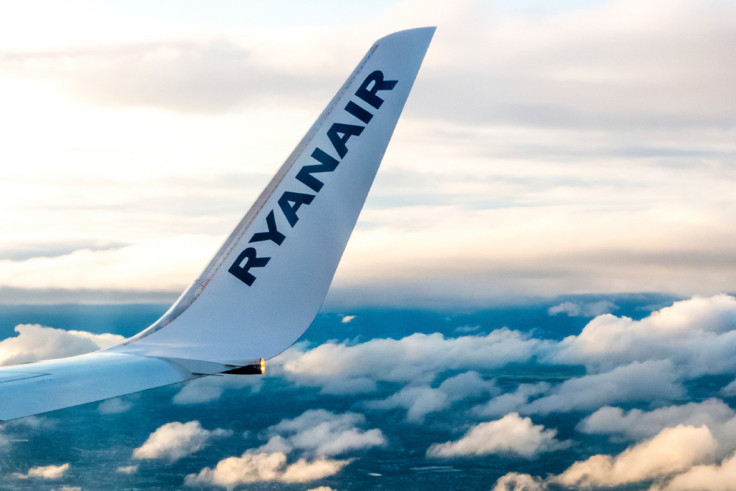Flights to Italy could be cancelled or delayed following another natural disaster
Italy is one of the most-visited destinations in Europe during the summer.

Flights were reportedly grounded in Italy after Mount Etna, Europe's most active volcano, erupted on Sunday, leaving a huge dark cloud of ash in the sky.
Mount Etna in Sicily is one of the most active in the world and also Europe's highest volcano, standing at about 3,350 meters (almost 11,000 feet) tall. Its latest eruption forced the closure of a nearby airport as well, while fortunately there were no injuries reported. Volcanic ash clouds are a grave threat to aviation, reducing visibility, damaging flight controls and eventually causing jet engines to fail.
Airlines suffer in Italy
Catania-Fontanarossa Airport, which is just 20 miles (32kms) away from the volcano should have been the sixth busiest in Italy on Sunday, with 253 flights scheduled to depart and arrive, reported The Sun.
It is understood there were around 68 flights to and from Catania Airport that were cancelled as of 5 pm BST Sunday. Among the airlines, the most affected was Ryanair, with 23 cancelled departures, out of a total of 44 cancelled departures from the Catania airport. While ITA Airways had seven outbound flights grounded, EasyJet had six.
Around 24 arrival flights into Catania were also suspended, with Ryanair, ITA Airways and easyJet once again the most affected airlines. The flights were grounded throughout Sunday before finally re-opening the following day at 9:00 AM local time (7:00 GMT), with the airport cautioning there could still be delays.
While some flights were heading to the airport's runway, the majority were severely delayed, according to Mirror.
Meanwhile, the airlines are still recommending passengers to check airline websites for updates on their flights as some flights could be delayed further or cancelled if it was still unsafe. With summer beginning, Italy is one of the most-visited destinations across Europe for its pristine beaches, lush green vineyards, and majestic mountains.
The authorities at the Catania airport on Sicily's eastern coast said in a statement that the airport was shut due to "copious amounts of volcanic ash on airport surfaces."
Following the volcanic blast, the ash was produced by a paroxysmal eruption that sent lava fountains more than 10 kilometers (6.2 miles) into the air, Boris Behncke, a volcanologist at the National Institute of Geophysics and Volcanology's Etna observatory, told CNN. While the eruptive phase ended at around 9:00 PM Sunday, it cannot be predicted when a new phase might get underway.
People in the towns of Adrano and Biancavilla reported hearing loud booms coming from the volcano on Sunday.
Last year, around 10 million passengers transited through Catania International Airport, which services the eastern part of Sicily, one of Italy's most popular tourist destinations.
Mount Etna is one of Sicily's most popular tourist attractions, with travellers able to hike up the volcanic mountain or take a cable car that connects with a 4x4 bus to take visitors to the 2,800-metre mark. Considering it is very active, having erupted frequently in the past 500,000 years, firing lava and ash high over the Mediterranean island, this hike could be a dangerous task. In March 2017, a group of tourists and a BBC camera crew made a dramatic escape during an eruption. The last major volcanic blast at Mount Etna was back in 1992.
Due to its nature of being very active, Mount Etna causes the nearby soil to become incredibly fertile and support acres of extensive vineyards and orchards. Courtesy of its lush greenery, with the volcanic mountain in the background, the region has become one of the most popular and most visited in Italy.
The latest eruption is just among a string of natural disasters that Italy has had to deal with this year. A series of lethal floods in the northern region of Emilia Romagna has killed at least 15 people and forced around 36,000 from their homes in the past week.
© Copyright IBTimes 2024. All rights reserved.






